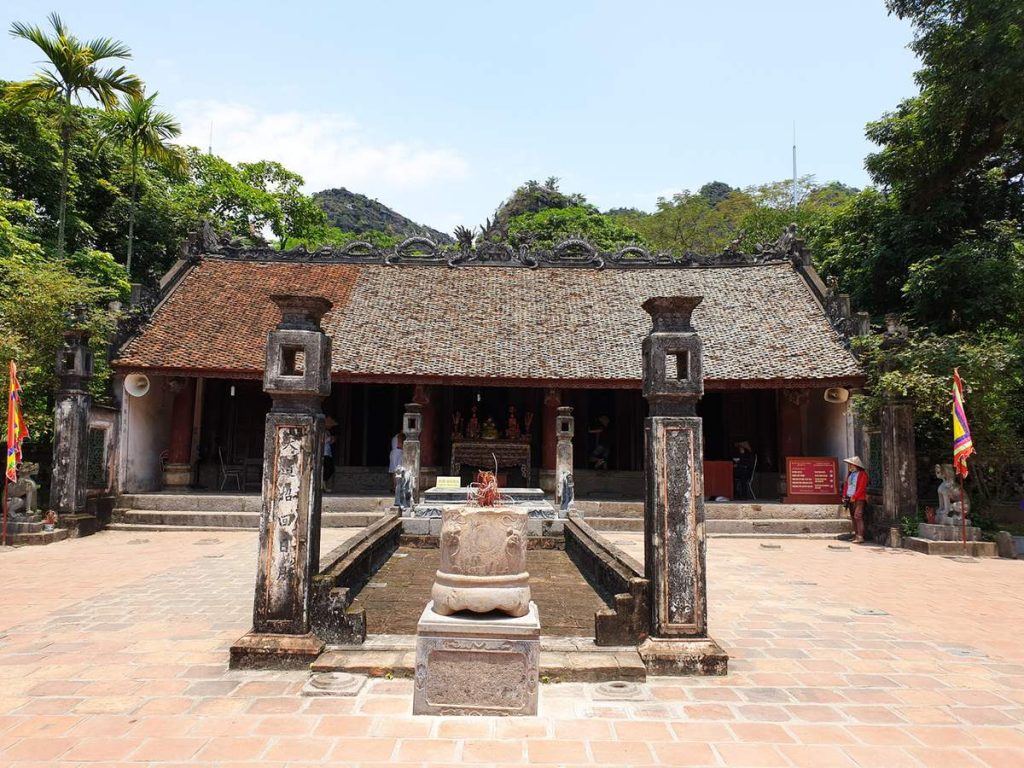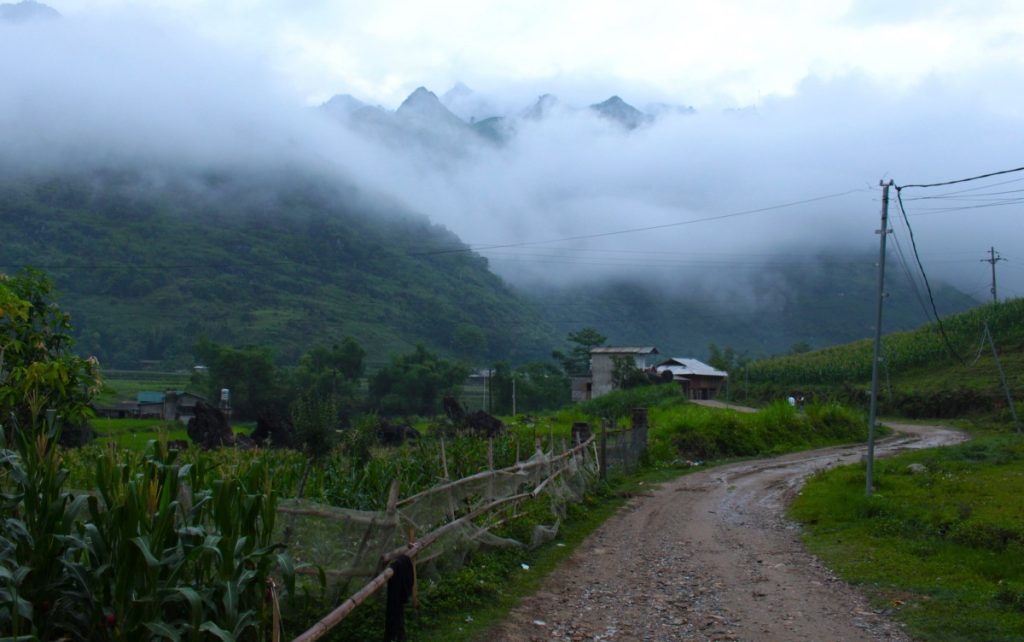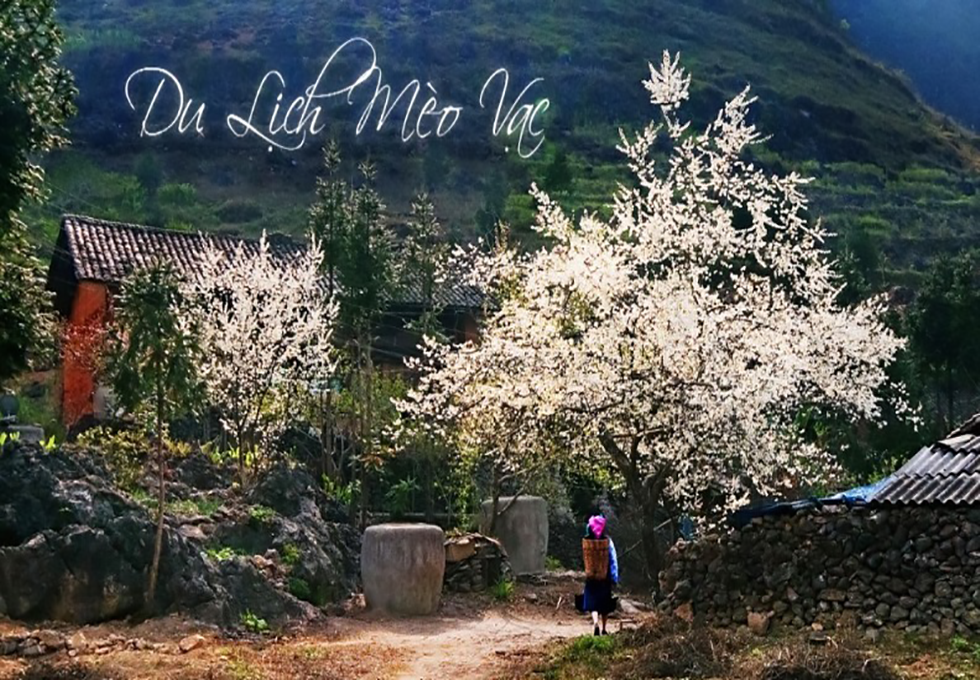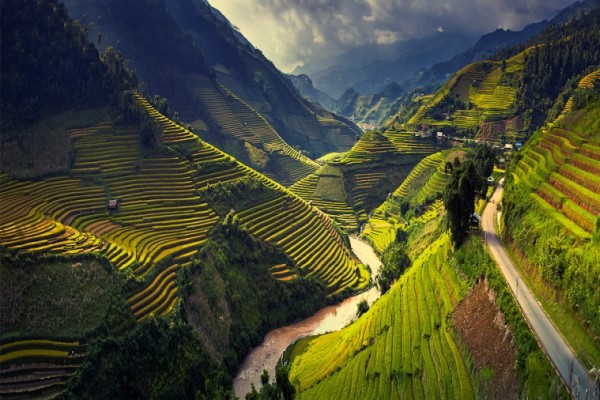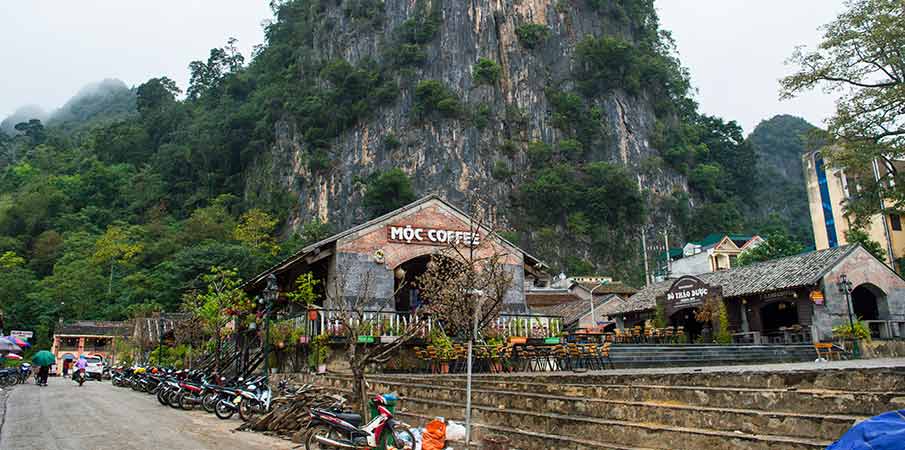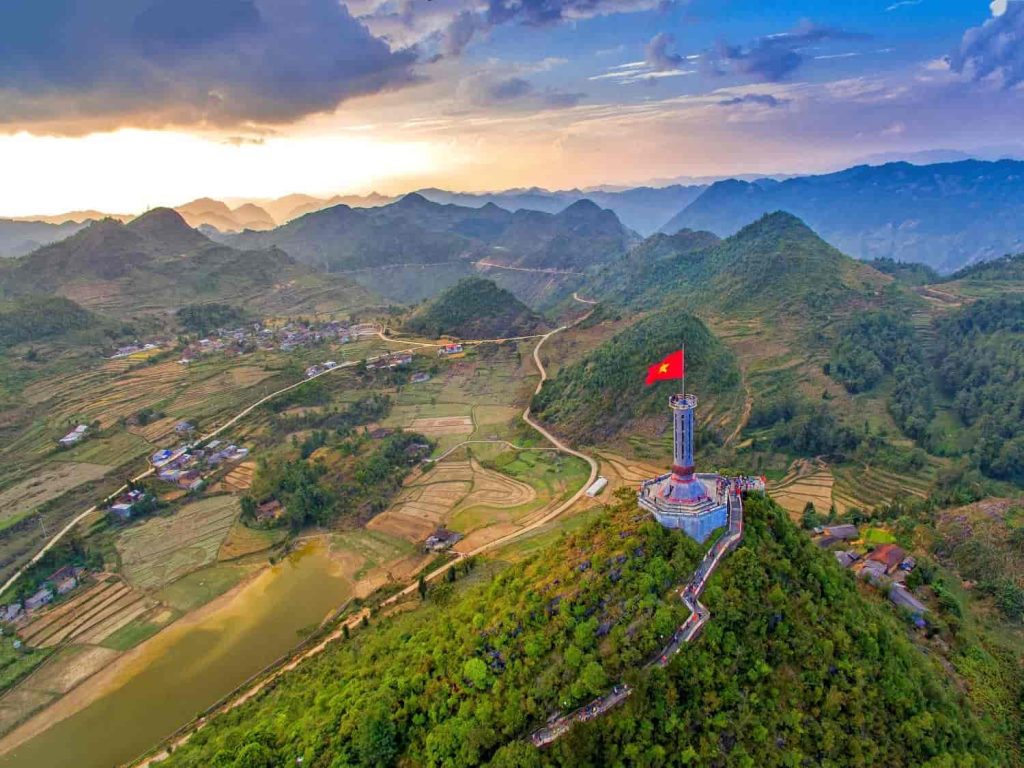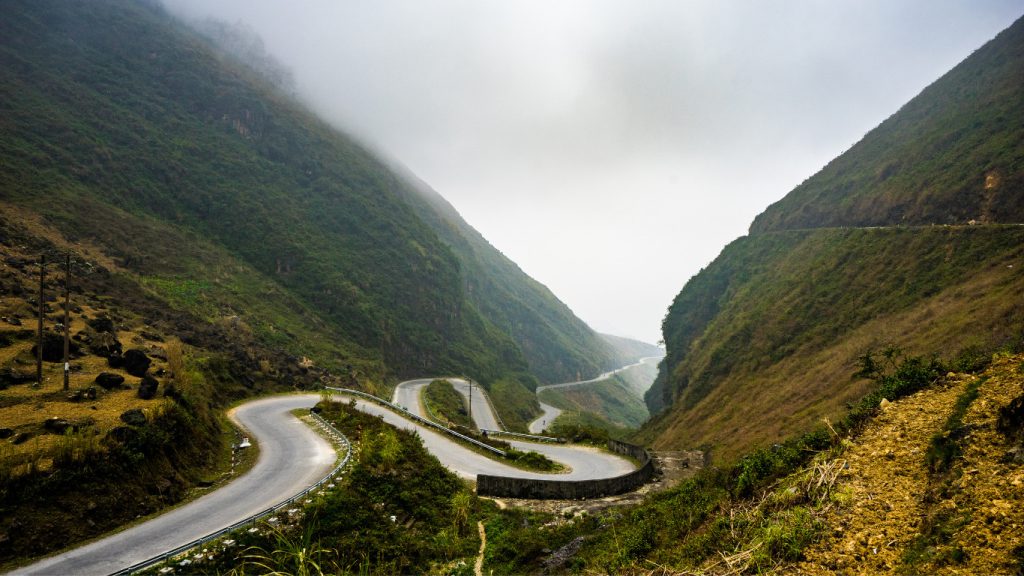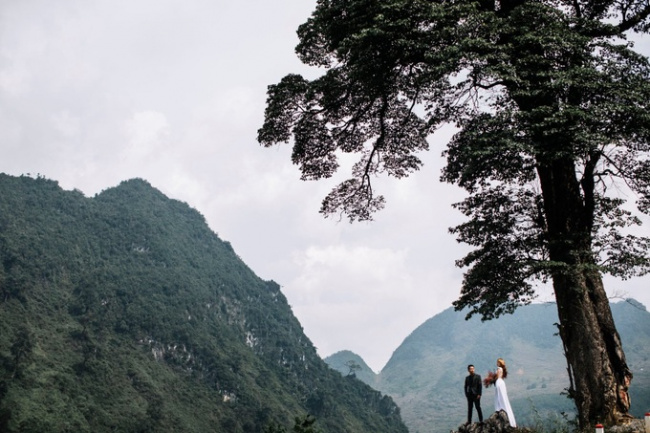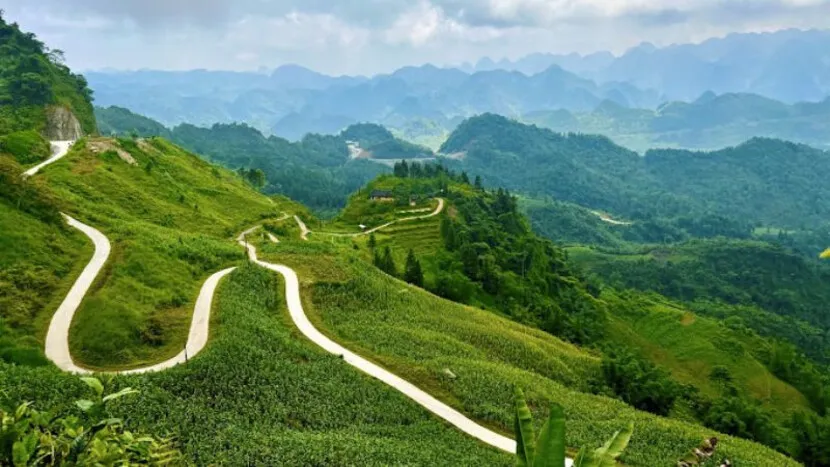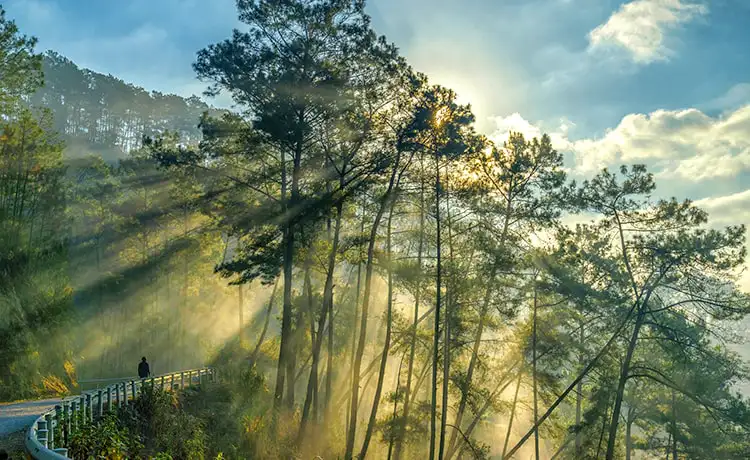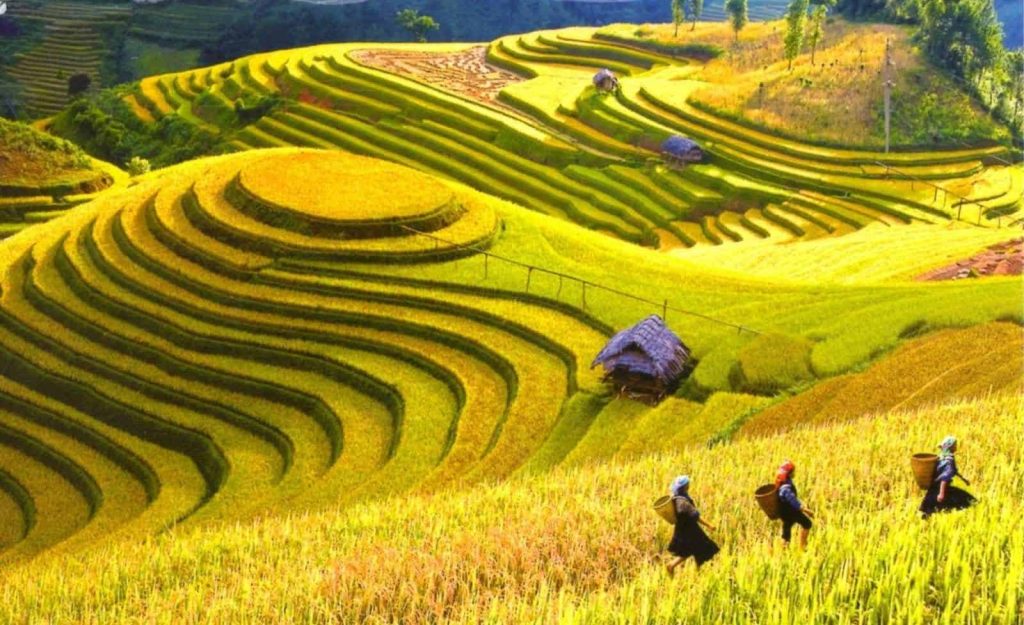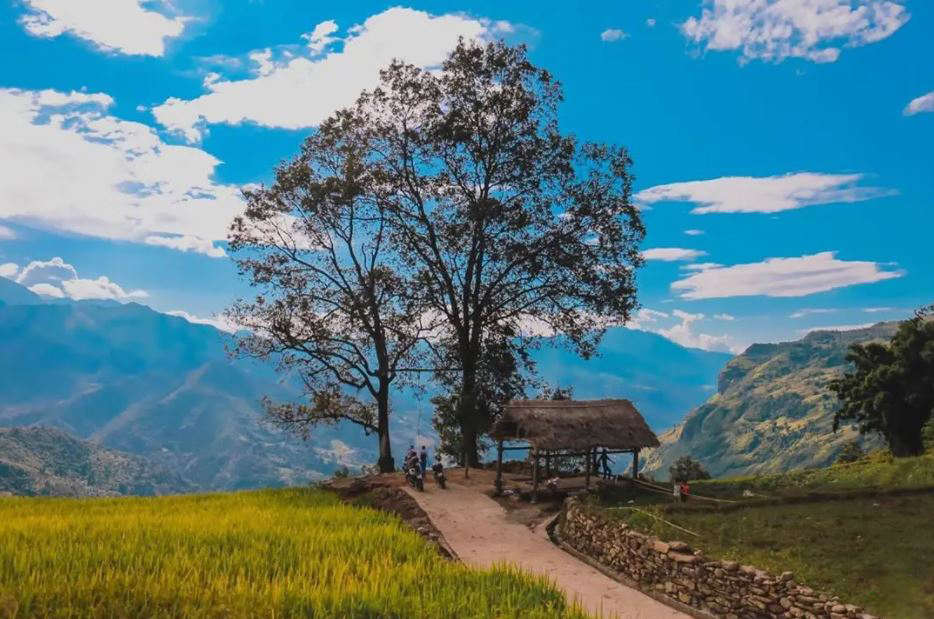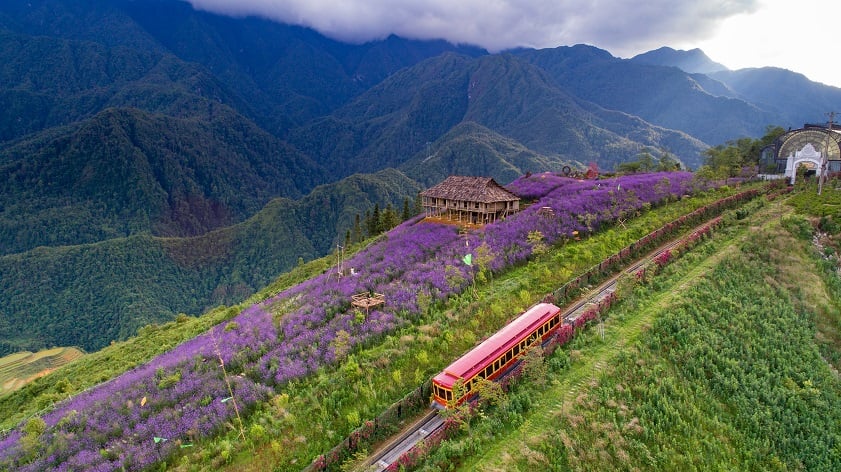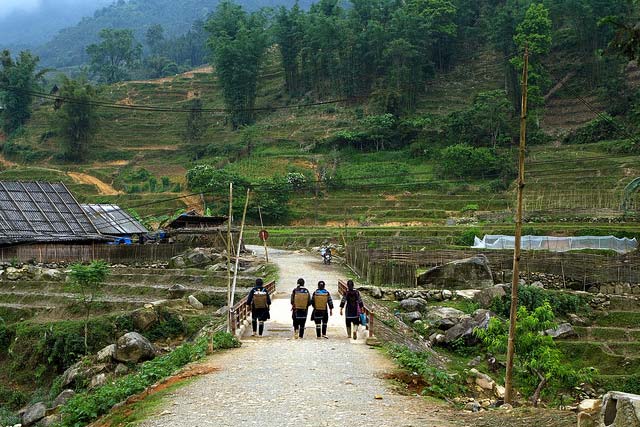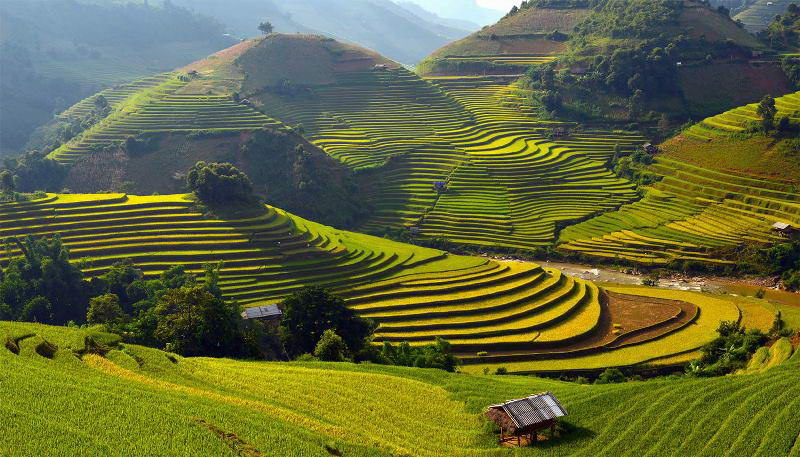Sapa – A guide basic for the trip
Sapa is a town nestled in the northern mountains of Vietnam, known for its stunning landscapes, ethnic diversity, and vibrant hill-tribe cultures. It’s a popular destination for trekking, with rice terraces cascading down the hillsides, surrounded by mist-covered peaks. The town itself offers a mix of traditional and modern influences, with markets selling local crafts and cuisine. Sapa is also a gateway to Mount Fansipan, the highest peak in Indochina, attracting outdoor enthusiasts and cultural explorers alike.
I. When is the best time to visit Sapa Vietnam?
The best time to visit Sapa is from March to May and from September to November. During these months, the weather is generally mild and pleasant, with clear skies and less rainfall compared to other times of the year.
– March to May: This period is characterized by warm temperatures, blooming flowers, and lush green landscapes after the winter months. It’s a great time for trekking and enjoying the scenery.
– September to November: These months mark the autumn season when the weather is cool and dry, offering clear views of the terraced fields and surrounding mountains. The rice terraces are often golden during the harvest season in October.
Avoid visiting Sapa during the peak of summer (June to August) as it can be quite hot and rainy, which may affect outdoor activities and visibility. Winters (December to February) can be cold and foggy, with occasional frost, making it less ideal for trekking and sightseeing.
II. What to do in Sapa Vietnam
In Sapa, Vietnam, there are several activities and attractions that visitors can enjoy, catering to both nature lovers and those interested in local culture. Here are some popular things to do in Sapa:
- Trekking and Hiking: Explore the stunning landscapes and rice terraces of Sapa on foot. There are various trekking routes ranging from easy walks to more challenging hikes, offering panoramic views of the mountains and valleys.
- Visit Ethnic Minority Villages: Sapa is home to several ethnic minority groups such as the Hmong, Dao, and Tay. Take a guided tour to visit their villages, learn about their traditional way of life, and interact with locals.
- Mount Fansipan: Conquer Mount Fansipan, the highest peak in Indochina, via a cable car or hiking trail. Enjoy breathtaking views from the summit and experience the diverse flora and fauna along the way.
- Love Waterfall and Silver Waterfall: Visit these picturesque waterfalls located just outside of Sapa town. They are easily accessible and offer scenic spots for photography and relaxation.
- Sapa Market: Explore the vibrant Sapa Market where ethnic minorities come to trade goods. You can find local handicrafts, textiles, and traditional foods here, making it a great place for souvenirs.
- Cat Cat Village: Located near Sapa, Cat Cat Village is a popular spot for tourists to learn about Hmong culture through traditional performances, handicraft demonstrations, and exploring the village’s architecture.
- Bac Ha Market (Sunday Market): If you’re visiting over the weekend, don’t miss the Bac Ha Market, which is one of the largest and most colorful markets in the region. It’s a great place to witness local ethnic minorities in their traditional attire and buy local products.
- Homestay Experience: For a more immersive cultural experience, consider staying overnight in a homestay with a local family. It’s an opportunity to learn about their customs, taste authentic meals, and participate in daily activities.
- Relax in Sapa Town: Spend some time wandering around Sapa town itself, exploring its French colonial architecture, visiting local cafes and restaurants, and enjoying the cool mountain air.
- Photography: Sapa offers endless opportunities for photography enthusiasts, with its dramatic landscapes, terraced rice fields, misty mountains, and colorful ethnic attire providing perfect subjects.
These activities make Sapa a unique destination in Vietnam, offering a blend of natural beauty, cultural diversity, and outdoor adventures.
III. How to get to Sapa from Hanoi
To travel from Hanoi to Sapa, you have several transportation options, each offering a different level of comfort and travel time. Here are the common ways to get to Sapa from Hanoi:
- By Train:
– Night Train: This is a popular option as it saves time and provides a comfortable journey. Trains depart from Hanoi’s main railway station, Hanoi Railway Station (Ga Hà Nội), and arrive at Lao Cai Station, which is about 40 km from Sapa town. From Lao Cai, you can take a local bus or taxi to Sapa town, which takes around 1 to 1.5 hours.
– Recommended Trains: Livitrans, Orient Express, Sapaly Express, and King Express are some of the reliable train services offering sleeper berths for overnight travel.
- By Bus:
– Sleeper Buses: These are another popular option for travelers who prefer to travel overnight. Buses depart from My Dinh Bus Station or Giap Bat Bus Station in Hanoi and arrive directly in Sapa town. The journey typically takes around 5 to 6 hours, depending on road conditions.
– Day Buses: There are also day buses available, but they take longer due to traffic and road conditions, usually around 6 to 7 hours.
- By Private Car or Shuttle Service: You can arrange a private car or join a shuttle service from Hanoi to Sapa. This option offers flexibility in terms of departure times and allows you to enjoy a more comfortable ride compared to public transportation.
- By Motorbike: For adventurous travelers, riding a motorbike from Hanoi to Sapa is possible. The journey takes about 5 to 6 hours, depending on your route and stops along the way. Ensure you have the necessary permits and are comfortable with riding in mountainous terrain.
Tips:
- Booking: It’s advisable to book your transportation in advance, especially during peak tourist seasons, to secure your seat or berth.
- Weather: Check the weather forecast before traveling, as conditions can affect road and rail travel, particularly during the rainy season (June to August).
- Comfort: Overnight trains or buses provide a convenient way to maximize your time, allowing you to arrive in Sapa refreshed and ready to explore.
Choose the option that best suits your preferences for comfort, time, and budget when traveling from Hanoi to Sapa.
By the way, a new beautiful place called Ha Giang loop which is very interesting, check this out: https://www.getyourguide.com/hanoi-l205/from-hanoi-3-day-ha-giang-loop-small-group-t739208
For Lan Ha Bay & Halong Bay trip, check this out: https://www.getyourguide.com/ha-long-l119790/from-ha-noi-2-day-lan-ha-ha-long-bay-5star-with-balcony-t739040/
Or https://www.tripadvisor.com/AttractionProductReview-g3737857-d28097153-Lan_Ha_Bay_Ha_Long_Bay_5_Stars_Private_balcony_2_days_trip-Tuan_Chau_Island_Halon.html

